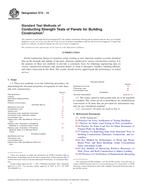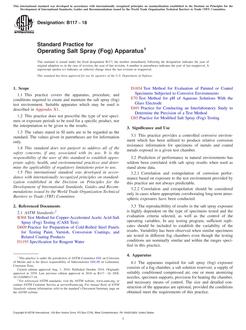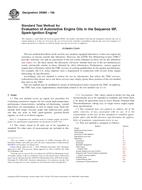1.1 This test method describes two essentially equivalent procedures: one for obtaining a long-term hydrostatic strength category based on stress, referred to herein as the hydrostatic design basis (HDB); and the other for obtaining a long-term hydrostatic strength category based on pressure, referred to herein as the pressure design basis (PDB). The HDB is based on the material’s long-term hydrostatic strength (LTHS),and the PDB is based on the product’s long-term hydrostatic pressure-strength (LTHSP). The HDB is a material property and is obtained by evaluating stress rupture data derived from testing pipe made from the subject material. The PDB is a product specific property that reflects not only the properties of the material(s) from which the product is made, but also the influence on product strength by product design, geometry, and dimensions and by the specific method of manufacture. The PDB is obtained by evaluating pressure rupture data. The LTHS is determined by analyzing stress versus time-to-rupture (that is, stress-rupture) test data that cover a testing period of not less than 10 000 h and that are derived from sustained pressure testing of pipe made from the subject material. The data are analyzed by linear regression to yield a best-fit log-stress versus log time-to-fail straight-line equation. Using this equation, the material’s mean strength at the 100 000-h intercept (LTHS) is determined by extrapolation. The resultant value of the LTHS determines the HDB strength category to which the material is assigned. The LTHSP is similarly determined except that the determination is based on pressure versus time data that are derived from a particular product. The categorized value of the LTHSP is the PDB. An HDB/PDB is one of a series of preferred long-term strength values. This test method is applicable to all known types of thermoplastic pipe materials and thermoplastic piping products. It is also applicable for any practical temperature and medium that yields stress-rupture data that exhibit an essentially straight-line relationship when plotted on log stress (pound-force per square inch) or log pressure (pound-force per square in. gage) versus log time-to-fail (hours) coordinates, and for which this straight-line relationship is expected to continue uninterrupted through at least 100 000 h.
1.2 Unless the experimentally obtained data approximate a straight line, when calculated using log-log coordinates, it is not possible to assign an HDB/PDB to the material. Data that exhibit high scatter or a “knee“ (a downward shift, resulting in a subsequently steeper stress-rupture slope than indicated by the earlier data) but which meet the requirements of this test method tend to give a lower forecast of LTHS/LTHSP. In the case of data that exhibit excessive scatter or a pronounced “knee,“ the lower confidence limit requirements of this test method are not met and the data are classified as unsuitable for analysis.
1.3 A fundamental premise of this test method is that when the experimental data define a straight-line relationship in accordance with this test method’s requirements, this straight line may be assumed to continue beyond the experimental period, through at least 100 000 h (the time intercept at which the material’s LTHS/LTHSP is determined). In the case of polyethylene piping materials, this test method includes a supplemental requirement for the “validating“ of this assumption. No such validation requirements are included for other materials (see Note 1). Therefore, in all these other cases, it is up to the user of this test method to determine based on outside information whether this test method is satisfactory for the forecasting of a material’s LTHS/LTHSP for each particular combination of internal/external environments and temperature.
Note 1 – Extensive long-term data that have been obtained on commercial pressure pipe grades of polyvinyl chloride (PVC), polybutlene (PB), and cross linked polyethlene (PEX) materials have shown that this assumption is appropriate for the establishing of HDB’s for these materials for water and for ambient temperatures. Refer to Note 2 and Appendix X1 for additional information.
1.4 The experimental procedure to obtain individual data points shall be as described in Test Method D1598, which forms a part of this test method. When any part of this test method is not in agreement with Test Method D1598, the provisions of this test method shall prevail.
1.5 General references are included at the end of this test method.
Product Details
- Published:
- 04/01/2011
- Number of Pages:
- 16
- File Size:
- 1 file , 200 KB
- Redline File Size:
- 2 files , 340 KB


